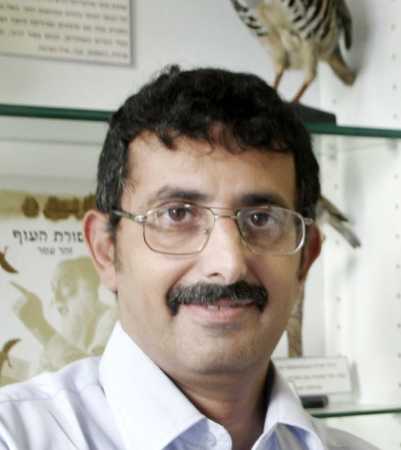This is according to a new study in the Department of AI Studies and Archeology in Bar Ilan * Archeological findings in the south of Israel prove: textile dyes were produced from plants using a special dyeing technique (double dyeing)

A new study in the Department of AI Studies and Archeology clearly indicates that, contrary to what we thought, the colors of the clothes that originated from plants, produced an extensive color spectrum. In the excavations, which took place in the southern part of the country at the Nabataean site 'Moa', on the ancient trading road (the "Perfume Route"), many textile pieces were found. Many ancient textiles have been preserved in the dry areas: the Judean Desert, the Negev, the Arabah and the Sinai. All the fabrics were dyed with natural dyes from plants typical of the period. The innovation was presented yesterday at the annual meeting of the "Association for the Knowledge of Cultural Crops in Sources" held under the auspices of the Faculty of Life Sciences at Bar Ilan University.
The research, led by Dr. Zohar Amar, Dr. David Iloz and Ms. Naama Soknik, which focused on the period between the first century BC and the third century AD, dealt with identifying the color of the textiles found in Moa. "According to the research, it is possible to clearly know the fashion trends that prevailed in the Land of Israel during the Roman period. The red color that is produced from the plant 'Foat of Colors' appeared in a large number of weavings, but the dominant color in most of the textile weavings was green (!!!) in all its shades. The green color is not basically extracted from a certain plant and therefore skilled professionals were needed, who engaged in double dyeing to achieve the green color. The meaning of this coloring is the mixing of the blue color produced from the indigo plant with the yellow color, whose plant origin is not yet known. The combination between the two created the green color that dominated textiles at that time," say the researchers.
According to Dr. Zohar Amar: "This research opens a window to our daily life and the materialistic culture that was practiced at that time. This is a multidisciplinary study that combines within it the analysis of historical sources, archaeology, botany and chemistry. As part of the research, a comparison library of 'colorists' was built, which will serve as an infrastructure for identifying colorists and will be of help in future research in the field."
The Association for the Knowledge of Cultural Crops in Israel is an organization that initiates research, collects information and also deals with the preservation of the local varieties of agricultural crops. About 300 senior professionals in Israel and the world are members of the association, including: archaeologists, biblical scholars, botanists, physiologists, and more.

One response
you are my butt